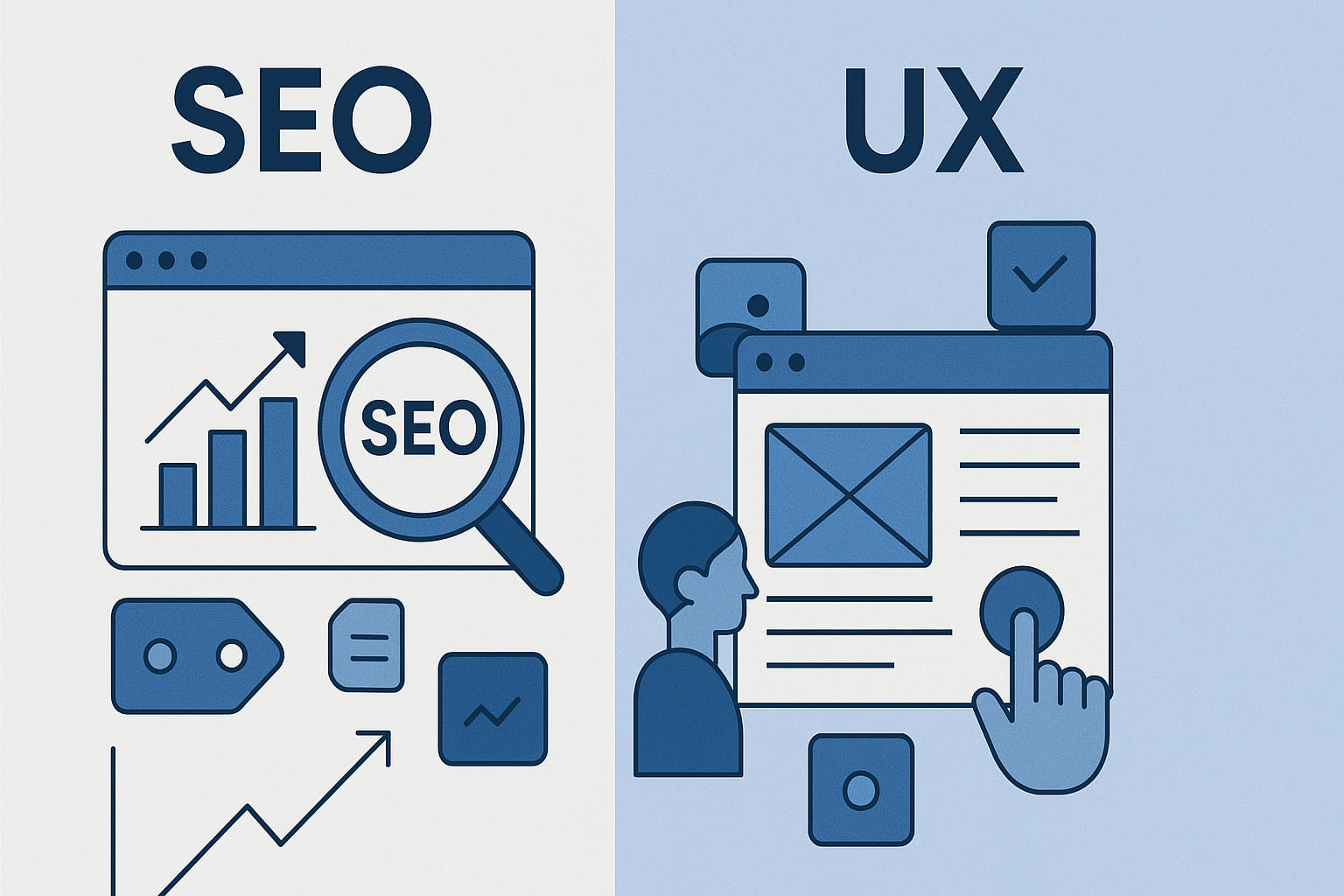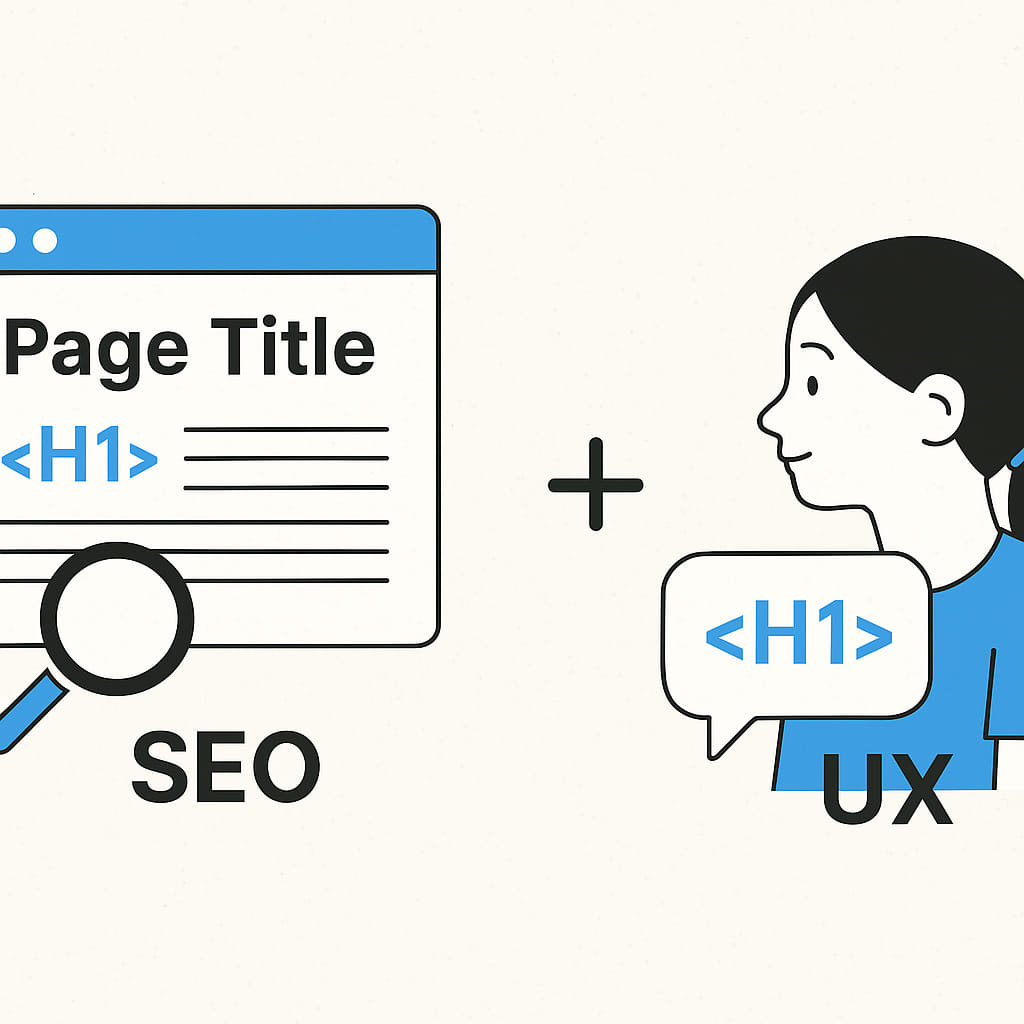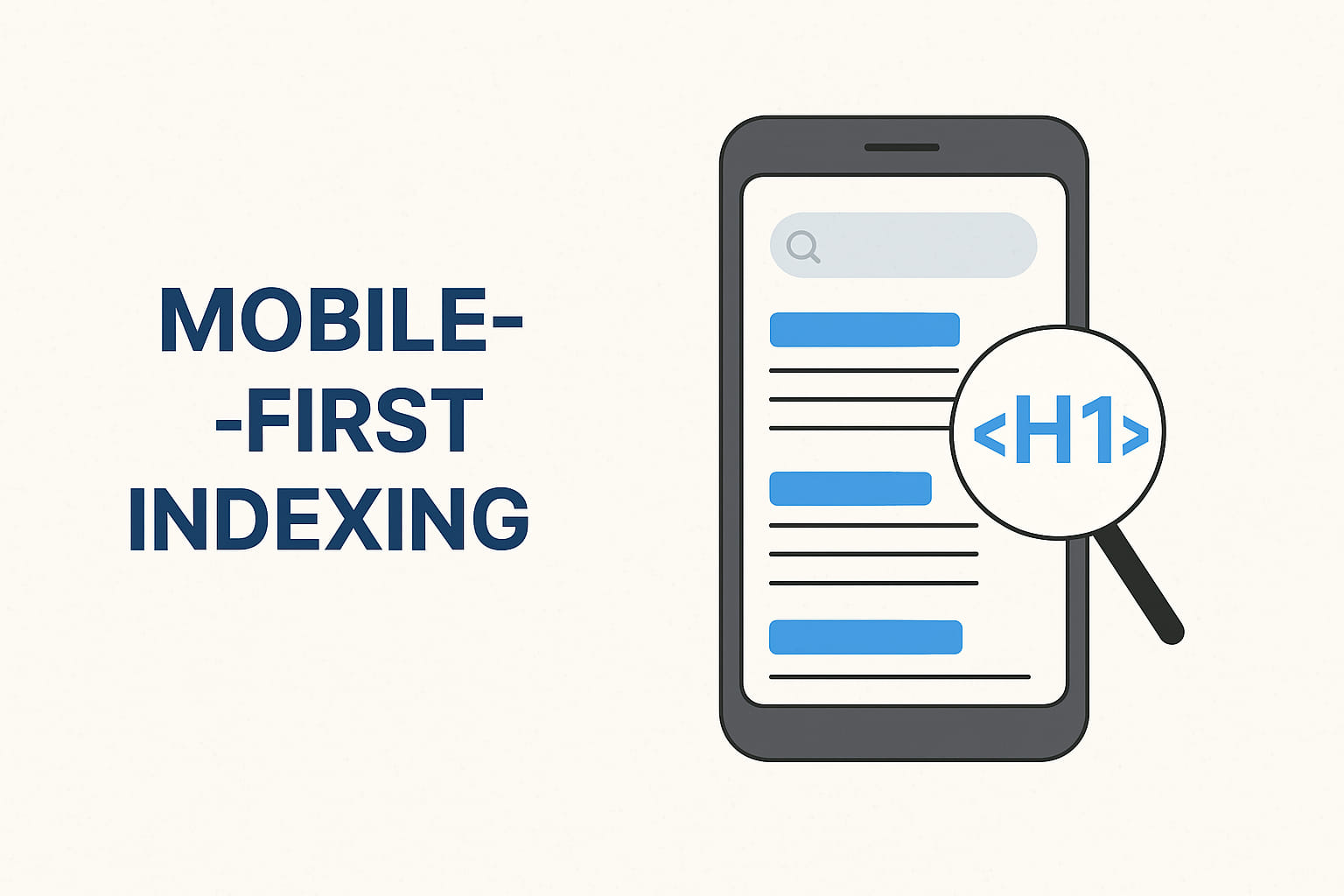SEO and UX: How to Maximize Your Website’s Performance and Traffic

The best SEO strategy is one that takes a holistic approach. Why? Because it’s not enough to just optimize titles or include keywords: modern SEO involves multiple factors working in harmony, and one of the most important is user experience (UX).
This article explains how SEO and UX can work together to boost website visibility, increase user engagement, and drive conversions.
Are SEO and UX Enemies or Allies?
Marketers, UX designers, and web managers often see SEO and UX as opposing disciplines. In reality, they share more common ground than it seems, and integrating them is key to a high-performing website.
What is SEO?
SEO (Search Engine Optimization) encompasses techniques to improve a website’s ranking in organic search results. The goal is to increase both the quantity and quality of web traffic. This includes optimizing technical and content elements such as keywords, site architecture, internal and external links, page speed, and mobile usability. Effective SEO ensures your site is discoverable and ranks higher in search engines like Google.
What is UX?
UX (User Experience) focuses on enhancing the overall experience of visitors on a website, product, or service. It involves designing intuitive interfaces, ensuring accessibility, providing relevant content, and helping users achieve their goals efficiently. A well-designed UX keeps users engaged longer, reduces bounce rates, and improves conversion rates.
Why Combine SEO and UX?
Integrating SEO and UX creates websites that are not only search-engine-friendly but also user-friendly. Combining keyword-optimized content, fast-loading pages, clear navigation, and intuitive design ensures higher search rankings, better engagement, and increased conversions.

Where SEO and UX Intersect
As search algorithms evolve, what’s good for SEO often benefits the user as well. Here are some key areas where SEO and UX overlap:
Well-Defined Titles and Headings
Title tags and headings (H1, H2, etc.) help search engines understand the structure and main topic of each page. At the same time, they guide readers and make content more scannable. Clear, relevant titles improve CTR (click-through rate) in search results and enhance user navigation.
Clear Hierarchical Structure with H1, H2 Tags
A logical heading structure helps both search engines and users understand your content easily.
External Links
Links to reputable external sources boost your content’s credibility. From an SEO perspective, they help establish authority and contextual relevance. For users, they provide additional information and show that your content is well-researched.
- Improve SEO by adding authority.
- Offer users valuable supplementary content.
Internal Links
Internal links connect different parts of your website, improving navigation, time on site, and indexation by search engines. They also help users dive deeper into topics and discover related content, enhancing overall user experience.
- Facilitate smooth website navigation.
- Increase time on site and reduce bounce rates.
Useful Content
Google prioritizes content that clearly matches user search intent. Well-structured articles with examples, visuals, and clear language increase time on site, reduce bounce rates, and naturally attract backlinks.
- Attracts natural backlinks.
- Keeps users engaged.
- Can become a primary source in Google search results.
Site Structure
A well-organized information architecture makes it easier for Google bots to crawl your site and improves user navigation. This includes a clear menu, logical page paths, breadcrumbs, well-defined categories, and related pages. Proper structure keeps users exploring and lowers bounce rates.
- Clear navigation and logical hierarchy.
- Menus, breadcrumbs, and related content.
- Supports both search engine crawling and user exploration.
Page Load Speed
Fast-loading websites improve user satisfaction and directly impact rankings. Google uses speed as a ranking factor, and users abandon slow sites quickly. Optimizing image sizes, enabling caching, and minimizing code are best practices for both SEO and UX.
- Directly affects user experience and search rankings.
- 40% of users leave if a page takes more than 3 seconds to load.
Mobile Experience
Most web traffic today comes from mobile devices. Responsive design, accessible buttons, good readability, and mobile-friendly menus are essential. Google also prioritizes mobile versions for ranking (mobile-first indexing).
- Your website should be fast, accessible, and easy to use on mobile.
- Tools like Google’s Mobile-Friendly Test can help verify mobile compatibility.
Buenas prácticas para combinar SEO y UX

Integrate Strategies from the Start
Avoid having SEO and UX teams work in isolation. From the very beginning of a website’s design, both disciplines should collaborate. This ensures that content, structure, and navigation are optimized for both users and search engines.
Conduct a UX + SEO Audit
Analyze user behavior (heatmaps, clicks, scroll patterns) alongside SEO performance metrics (organic traffic, rankings, page speed). Combining these insights helps identify friction points, underperforming content, or navigation issues that may hurt your search rankings.
Continuously Test and Adjust
Run A/B tests on design, content, and site structure to see what improves performance. Also, evaluate the impact of these changes on SEO. Ongoing testing is essential for evolving a user-centered website that also ranks well in search engines.
👉 Key Fact: 93% of online experiences start with a search engine, and 75% of users never go past the first page of results.
Conclusion: Write for people, not just for search engines
Although they may sometimes seem at odds, SEO and UX are two sides of the same coin. SEO attracts visitors, while UX keeps them engaged. Both are essential for a successful website.
The ultimate goal is always the user. By creating content that is useful, fast-loading, and easy to navigate, you enhance both user experience and search engine rankings, driving more traffic and higher conversions.
